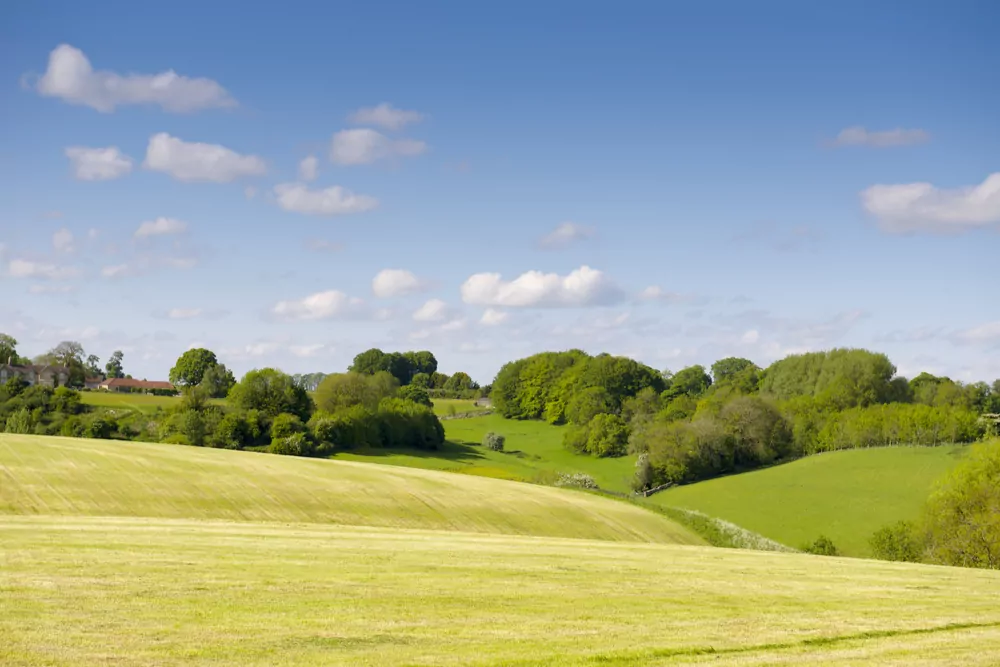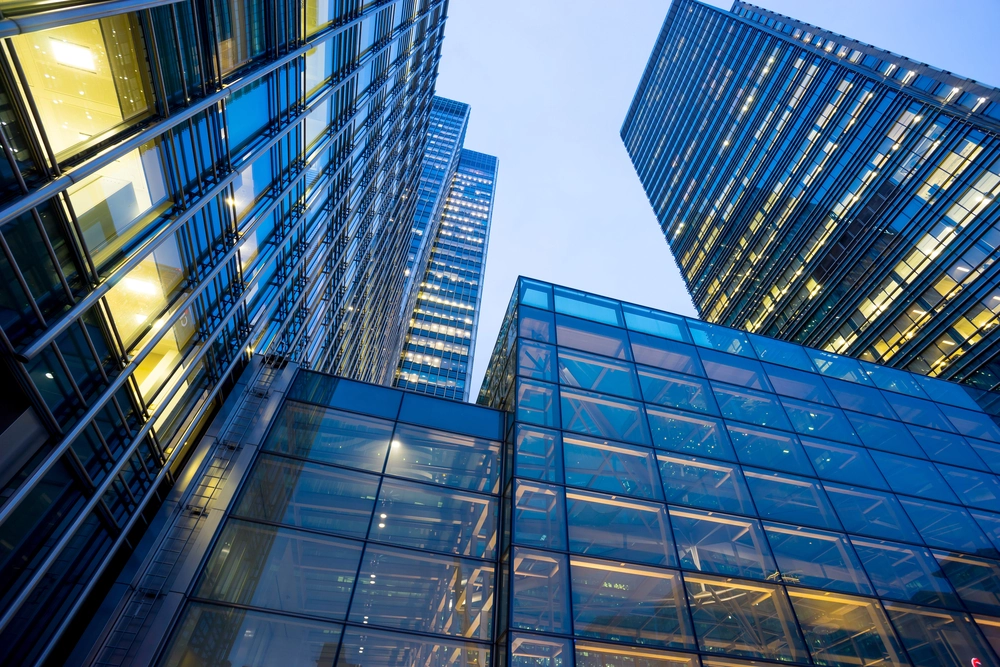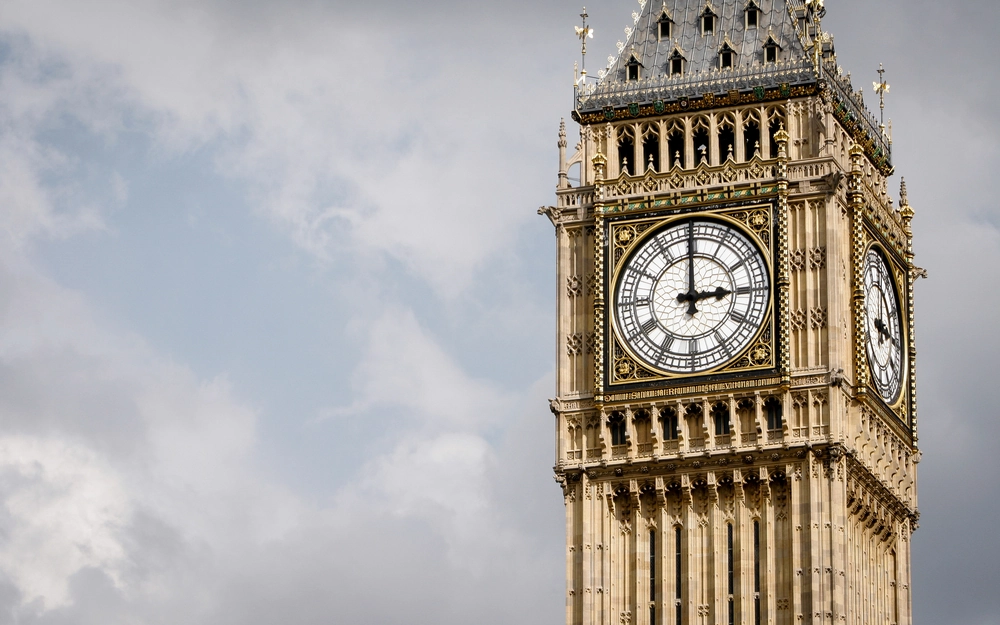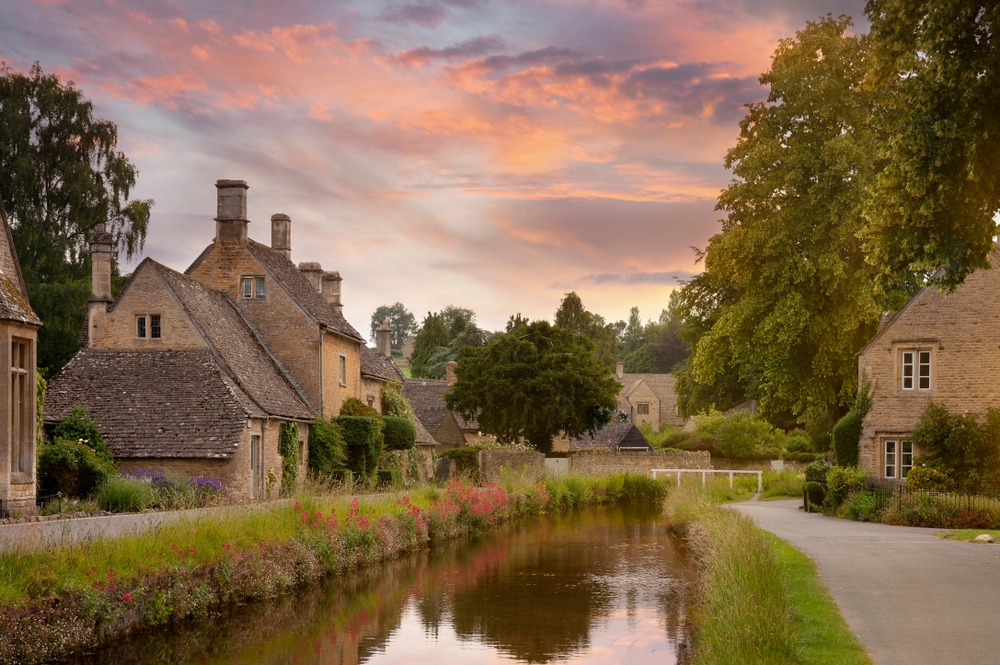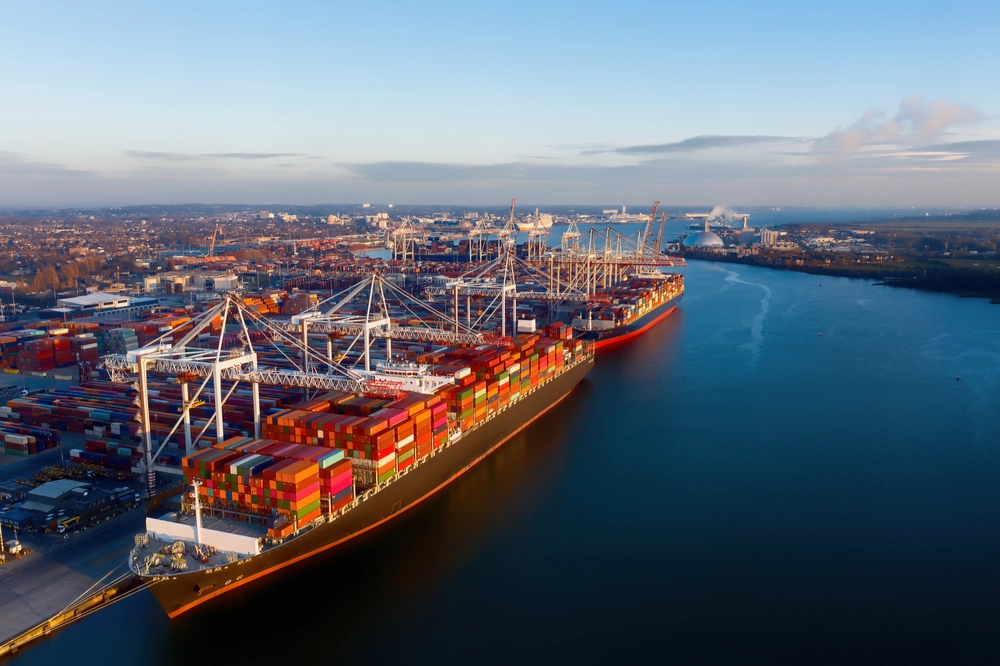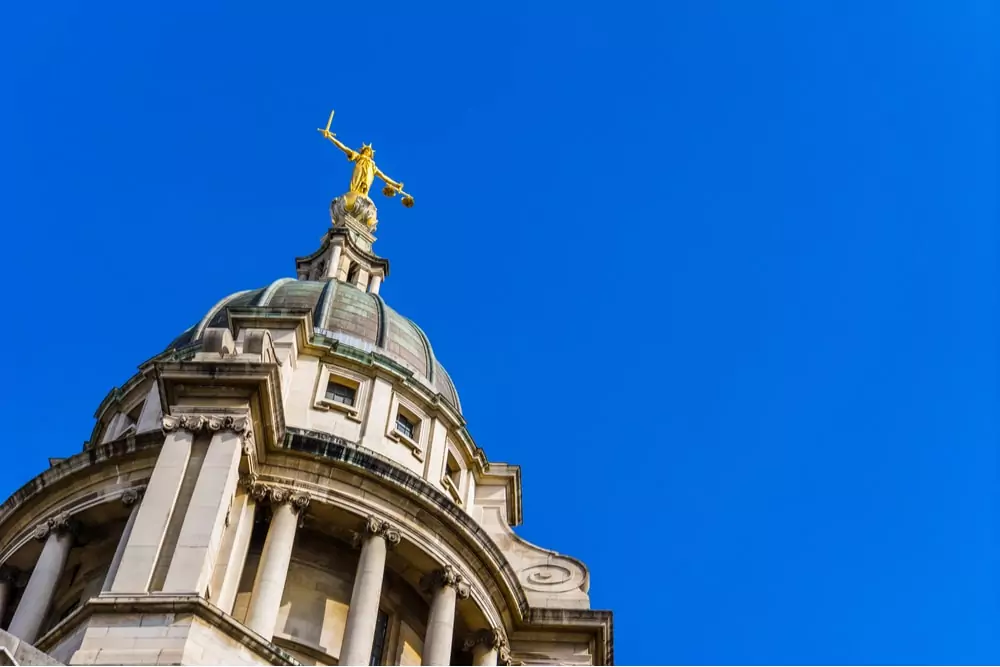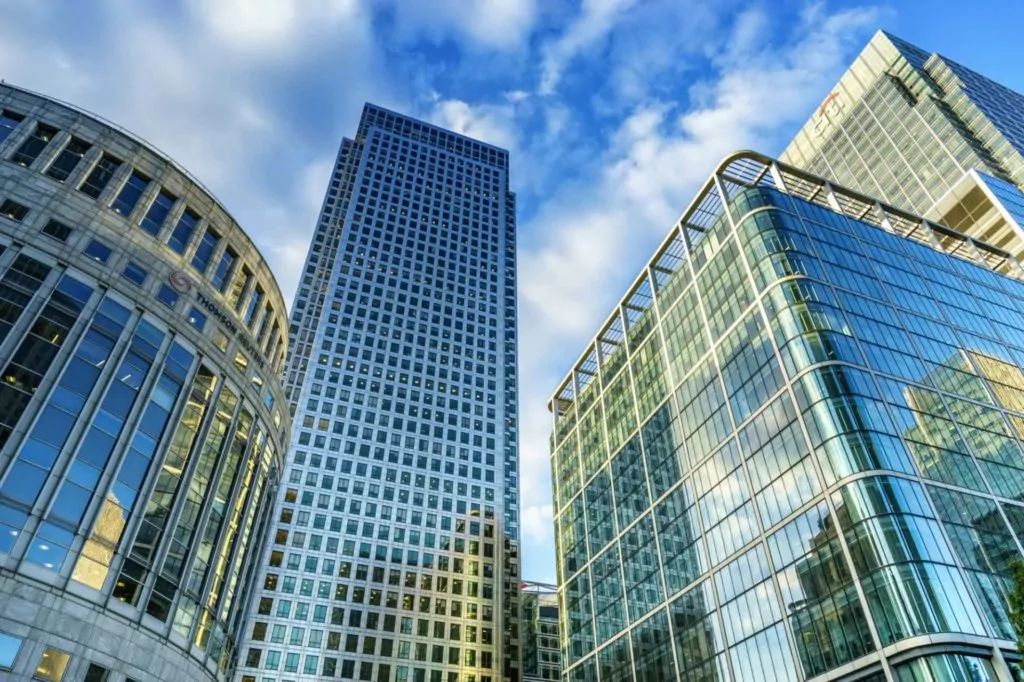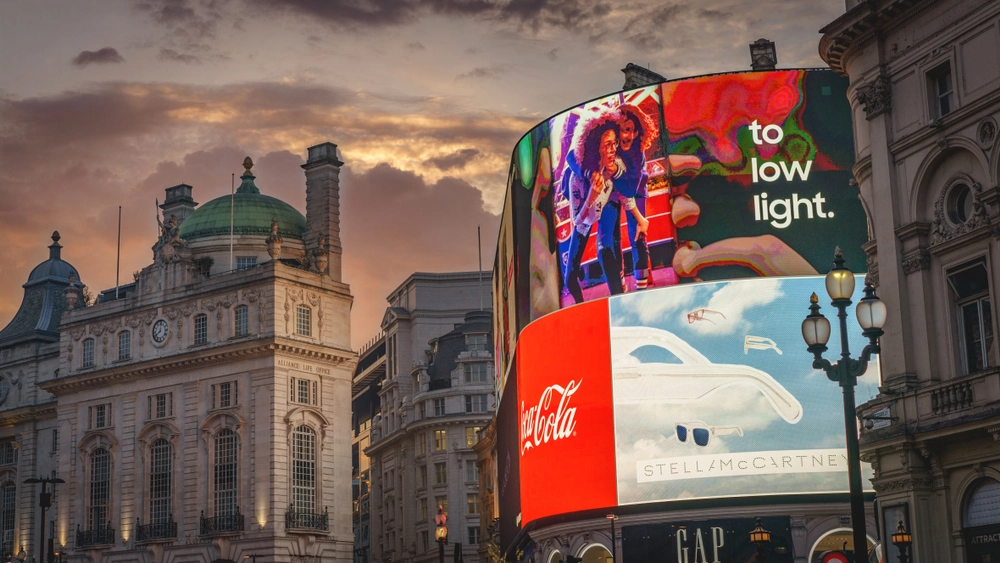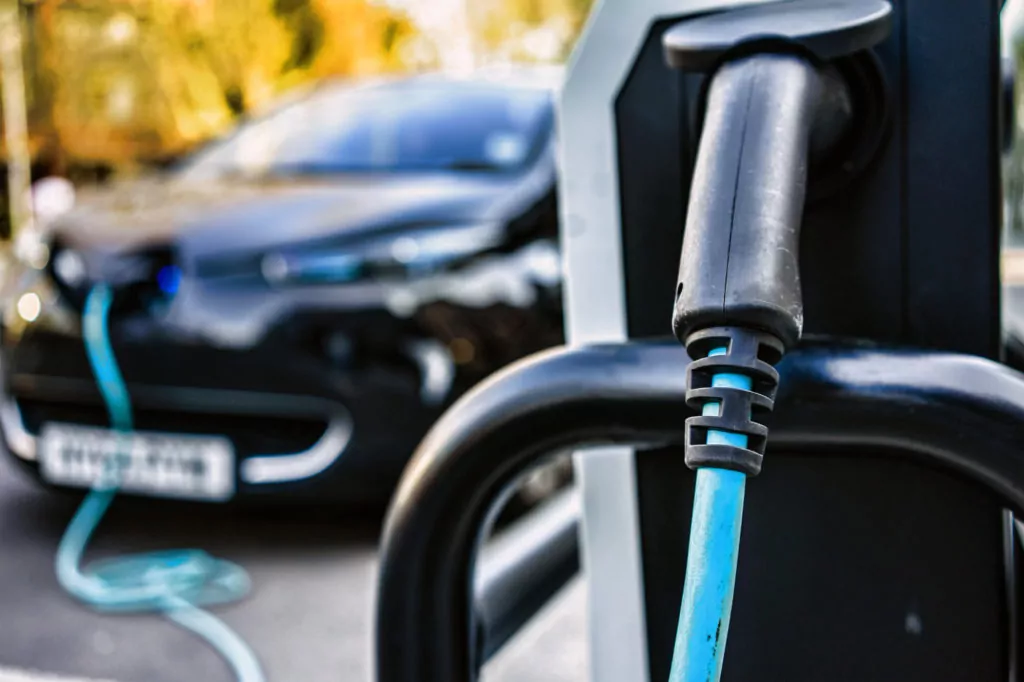
More and more farmers and landowners are seeking to maximise the return from their land by diversifying away from traditional business structures. Landowners have built and let holiday cottages, let camping pitches, and now, an increasing number are installing solar panels and wind turbines.
Many landowners assume that diversification will have little or no effect on their ability to claim the inheritance tax (IHT) reliefs, which are traditionally available to rural businesses. Sadly, this is often not the case, particularly with holiday lets, where relief of any kind is becoming increasingly difficult to obtain.
Many landowners will likely have heard of the two main IHT reliefs: Agricultural Property Relief (APR) and Business Property Relief (BPR) but it's worth looking at how the reliefs work in a practical sense.
Let us assume that as part of his plans to diversify, a working farmer installs solar panels on several of his fields. He receives a feed-in-tariff and uses the electricity generated to provide power to farm buildings. How would this affect the APR and BPR position?
APR
In general, Agricultural Property Relief is available on the agricultural (not the market) value of land, at a rate of 100% (or 50% in certain cases) provided that the land is either:
- owned and occupied for the purposes of agriculture for 2 years; or,
- let for the purposes of agriculture, it must have been owned for 7 years.
HM Revenue & Customs (HMRC) generally accept that land used:
- for cultivation to produce food for human and animal consumption;
- to support livestock kept to produce food or other goods for human consumption such as meat, milk or wool; for the breeding and grazing of racehorses on a stud farm; and,
- as set aside for permanent or rotational fallow,
is used for the purposes of agriculture and may qualify for APR.
If it can be demonstrated that the land is still used for an agricultural purpose (for example, it may be possible to continue to graze sheep on the land), then it will retain an agricultural value. However, that value may be reduced by the presence of solar panels which, it cannot be said, have an agricultural use.
BPR
Broadly, Business Property Relief is available in respect of "relevant business property", at a rate of 100% or 50% depending on the type of asset, which has been owned for a minimum period of two years.
Relevant business property includes most types of business activity but, crucially, an "investment" business, that is to say a business which is wholly or mainly concerned with:
- dealing in stocks, shares or securities;
- dealing in land or buildings; or,
- the making or holding of investments
does not qualify for BPR.
If, as in the above scenario, the solar panels are used in the farming business for the purposes of powering the farm buildings, they, and the land on which they are situated, should qualify for BPR. Any non-agricultural value of the land on which the panels were situated should, therefore, qualify for BPR. If, however, only a feed-in-tariff was being received and the panels were not being used to provide power to the farm buildings, it is doubtful that BPR would be available.
Ultimately, whether land on which solar panels have been installed qualifies for IHT, reliefs will be looked at by HMRC on a case by case basis. Much will depend on how the land and any power generated by the panels is used.


